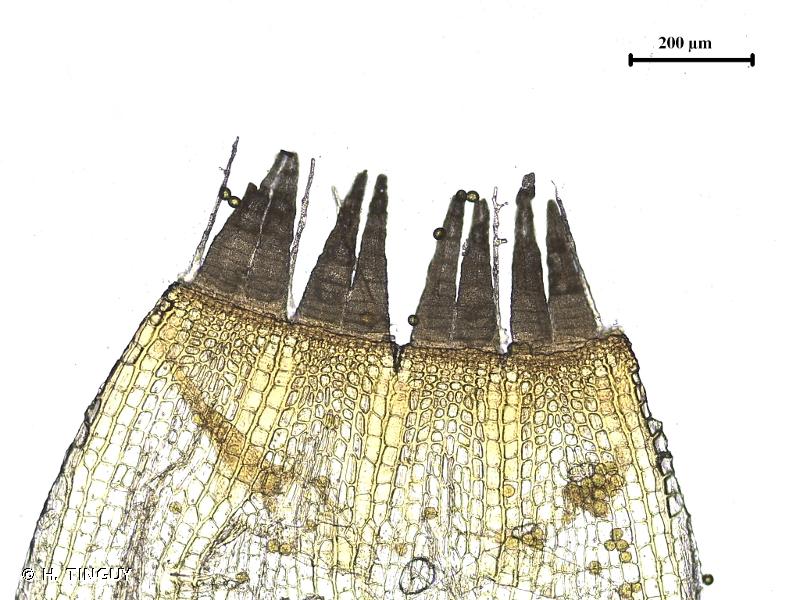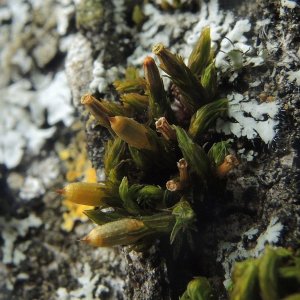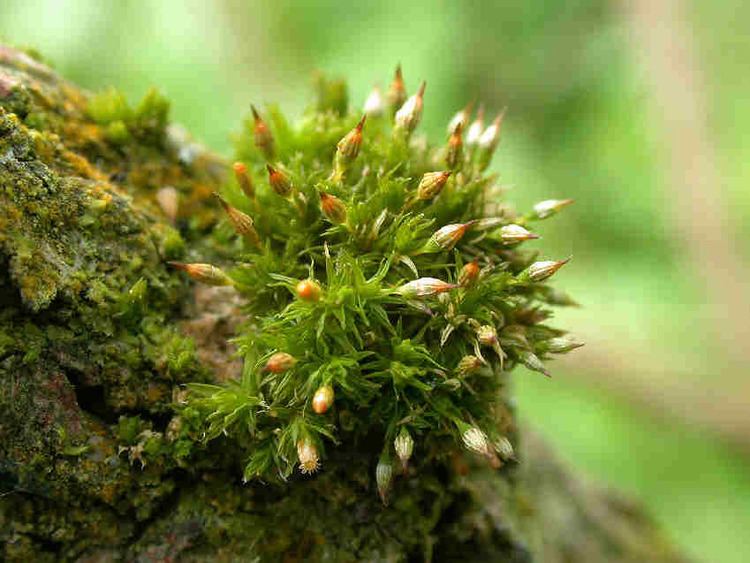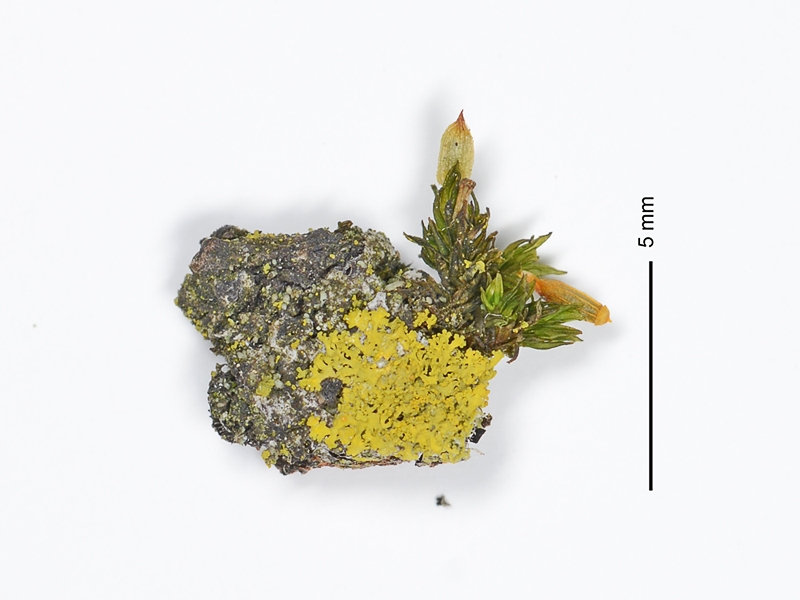Exploring Orthotrichum scanicum: A Fascinating Moss in Forest Ecosystems
Affiliate Disclaimer: As an affiliate, we may earn a small commission when you make a purchase from any of the links on this page at no additional cost to you!

image from: https://www.mikroskopie-forum.de/index.php?topic=20397.0
Discovering the Wonders of Orthotrichum scanicum Grönvall: A Fascinating Moss Species
Introduction
Mosses are often overlooked, but they play crucial roles in ecosystems around the world. One particularly interesting species is Orthotrichum scanicum Grönvall, a moss in the Orthotrichaceae family. In this blog post, we’ll dive into the details of this fascinating bryophyte, exploring its morphology, global distribution, habitat preferences, ecological roles, and unique adaptations. Get ready to discover the wonders of Orthotrichum scanicum!
Background on Mosses
Before we focus on O. scanicum specifically, let’s briefly review what mosses are. Mosses are small, non-vascular plants in the division Bryophyta. Unlike vascular plants, they lack true roots, stems, and leaves. Instead, they have rhizoids for anchoring, stems called setae, and leaf-like structures. Mosses are found in diverse habitats worldwide, from arctic tundra to tropical rainforests. They play important ecological roles, helping with nutrient cycling, water retention, erosion control, and providing habitat for microorganisms and small animals.

image from: https://inpn.mnhn.fr/espece/cd_nom/5038?lg=en
Morphology and Identification
Orthotrichum scanicum is a small, cushion-forming moss that typically grows in dense tufts. Its stems are usually around 1 cm tall. The leaves are lance-shaped, often twisted when dry, and have a strong midrib. The leaf margins are usually entire (smooth-edged).

image from: https://www.inaturalist.org/guide_taxa/1291765

image from: https://projets.cbnmc.fr/bryophytes/especes-remarquables

image from: https://alchetron.com/Orthotrichum
One key identifying feature of O. scanicum is its distinctive capsules (spore-bearing structures). The capsules are cylindrical and emerge from among the leaves on short setae. They have 8 longitudinal ridges (striations) and a small peristome (toothed structure around the capsule mouth). The calyptra (hood-like covering) is bell-shaped and hairy.
Global Distribution and Habitat
O. scanicum has a widespread distribution, found across much of Europe, Asia, and North America. It typically grows on the bark of deciduous trees, especially in humid forests and woodlands at low to moderate elevations. Common tree hosts include species of maple, ash, and elm.
This moss prefers partial shade and relatively high humidity. It is often found on the trunks and branches of trees in sheltered sites, such as ravines, stream valleys, and dense forest patches.

image from: https://www.naturalista.mx/guide_taxa/225516
O. scanicum is not commonly found in highly disturbed or polluted areas.
Ecological Roles and Adaptations
Like other mosses, O. scanicum plays several important roles in its forest ecosystems:
Nutrient Cycling: It helps trap and cycle nutrients, enriching the soil as old parts of the moss die and decompose.
Water Retention: The dense cushions help absorb and retain moisture, regulating humidity in the microenvironment.
Habitat Creation: The moss mats provide shelter and foraging grounds for various invertebrates and microorganisms.
image from: https://www.mikroskopie-forum.de/index.php?topic=20397.0
O. scanicum has several adaptations for life in tree canopies:
Its cushion growth form helps prevent desiccation by reducing surface area.
The leaf midrib and twisting mechanism help the moss conserve water during dry periods.
image from: https://nathistoc.bio.uci.edu/Mosses/Orthotrichum 2/index.html
image from: https://alchetron.com/Orthotrichum
The hairy calyptra protects developing spore capsules from damage.
Spore dispersal is aided by the elevated capsules and peristome teeth.
Conclusion
Orthotrichum scanicum Grönvall is a small but mighty moss with a fascinating ecology. From its widespread distribution to its unique morphological features and important ecosystem roles, this species illustrates the incredible diversity of the bryophyte world. Next time you’re in a humid forest, take a closer look at the tree bark – you might just spot a patch of

image from: https://www.flickr.com/photos/29287337@N02/3221180330/
O. scanicum silently working its ecological magic! What other moss species have adaptations for life in tree canopies?



